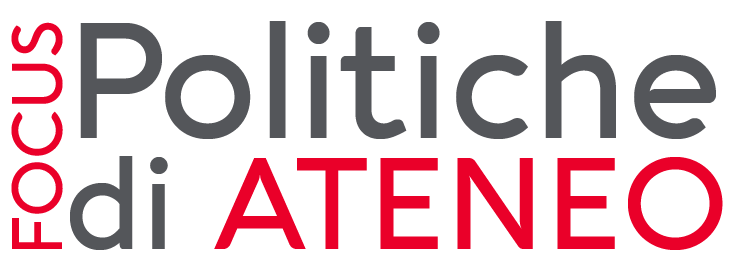Index
-
- What are we taliking about?
- Who are the people
- Geographical distribution
- Analysis
- The most relevant topics in 2022
What are we talking about?
This is a type of observation to identify opinions and discussions on websites, social networks, and blogs with the aim of delving into stakeholder opinion and ascertaining any issues.
The analysis processed 1,100 news and web posts, for 3,600 interactions, from 782 the unique authors and 519 unique sources where the posts and news produced by the authors were published.
70% of the results were posted on online news (39.8%) or blogs (29%). The remaining media used were Twitter (15.9%) forum (8.8%) and periodicals (2.4%).
Who are the people who have generated interactions with UniTO?
Women and men are represented almost equally: 52.5%, 47.5% the latter.
The most represented age group is the 25-34 age group, at 51.7%, which includes current UniTo students or former students still in contact with the athenaeum for collaborations or interests of various kinds. The second bracket is the 18-24 age group (27.1%), also comprising current students from the athenaeum or likely from other universities interested in UniTo’s projects, courses of study. The 35-44 age group is poorly represented (17.8%), and even less those 45-54 and 55-64 years old.
The Athenaeum’s high level of internationalization is confirmed by the predominant use of English (65.1%). Italian is in second position (31.7%). It is followed by small percentages of other languages including Chinese, Portuguese, Persian, German and Spanish.
Professors, students and executive directors are the roles of people who relate most to the Athenaeum. A pattern confirmed by data analysis that, among people who have interacted with UniTo-related content, see professors in first place (21%), students in second (13.6 %), and executive director in third (12.3%). The remaining professions see authors/writers with a percentage of 9.9%, scientists with 6.2%, photographers and entrepreneurs with lower percentages.
Their interests are mostly in academia (20. 4%) and science (12.5%), closely related to the university research sector. In third place is the legal sector along with the education and reading sectors, followed by art, government, and labour.
Geographical distribution
Interactions are mostly in Europe, but the American continent also has numerous interventions, thanks to UniTo’s contacts with American universities or other entities. There are also interactions all over the world with the exception of Australia.
Analysis
Neutrality is the most markedly detected sentiment, but the superiority of positive (33.4%) over negative (1.8%) is clear. This means that UniTo’s stakeholders are satisfied with the activities and issues carried out by the University (98.2%) compared to 1.8% of the issues generating dissatisfaction.
The most relevant topics in 2022
To understand the impact of UniTo in perceived through social channels, there were analysed the goals of the new Strategic Plan:



